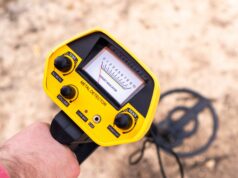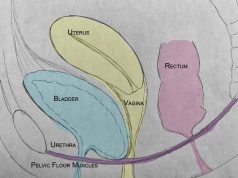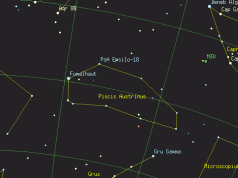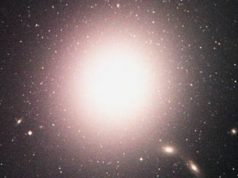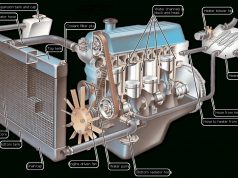This is always a big question for everyone on Earth whether life exists beyond our solar system, if not within it. Many ask whether humans can survive after the Sun explodes. There may not be a satisfactory answer, but the National Aeronautics and Space Administration (NASA) is trying to find it.
NASA announced lately to have discovered 7 earth-like exoplanets in another solar system with the help of its transit photometry, which is a radial velocity method to determine mass of a planet.
It is learned all the seven newly discovered revolve around TRAPPIST-1, which is an ultracool dwarf star and is located about 39 light years away from our Earth in the Aquarius constellation.
TRAPPIST telescope discovered the dwarf star first and so the name of it goes similar.
TRAPPIST-1 is a baby now compared to our solar system which is 4.6 billion years old. The star is just 500 million years old and has the potential of living between 4-5 trillion years.
Three Earth-like exoplanets were first discovered in 2015 and of it two found locked to the host-star and the third to be around the habitable zone and it is learned to be supporting liquid water depending on sufficient atmospheric pressure.
In the latest finding four more exoplanets have been added to it and astronomers believes three of the seven are in the habitable zone.








